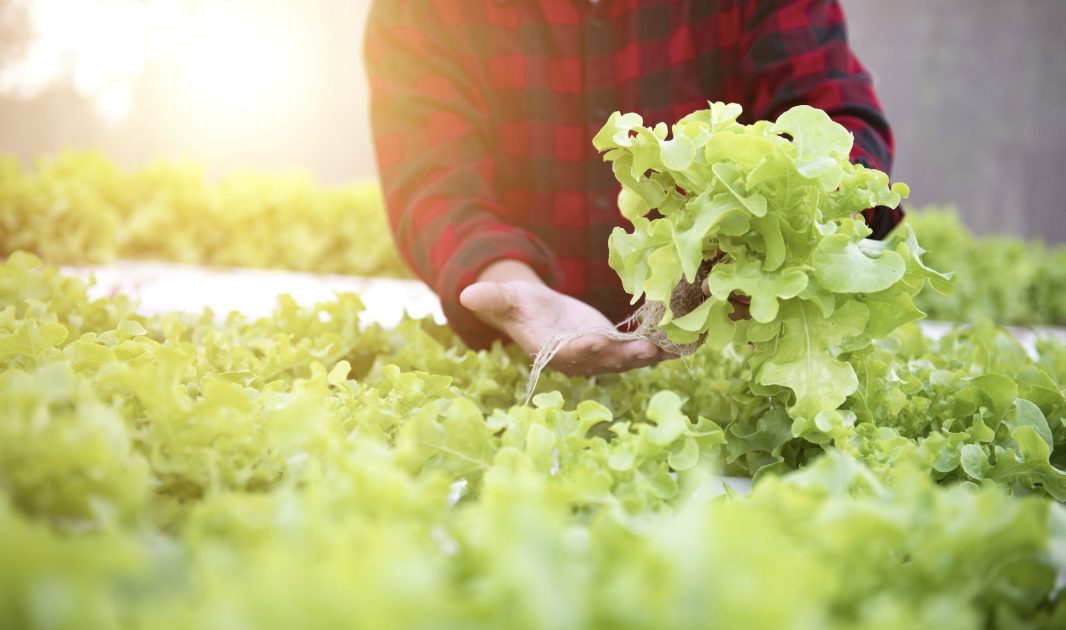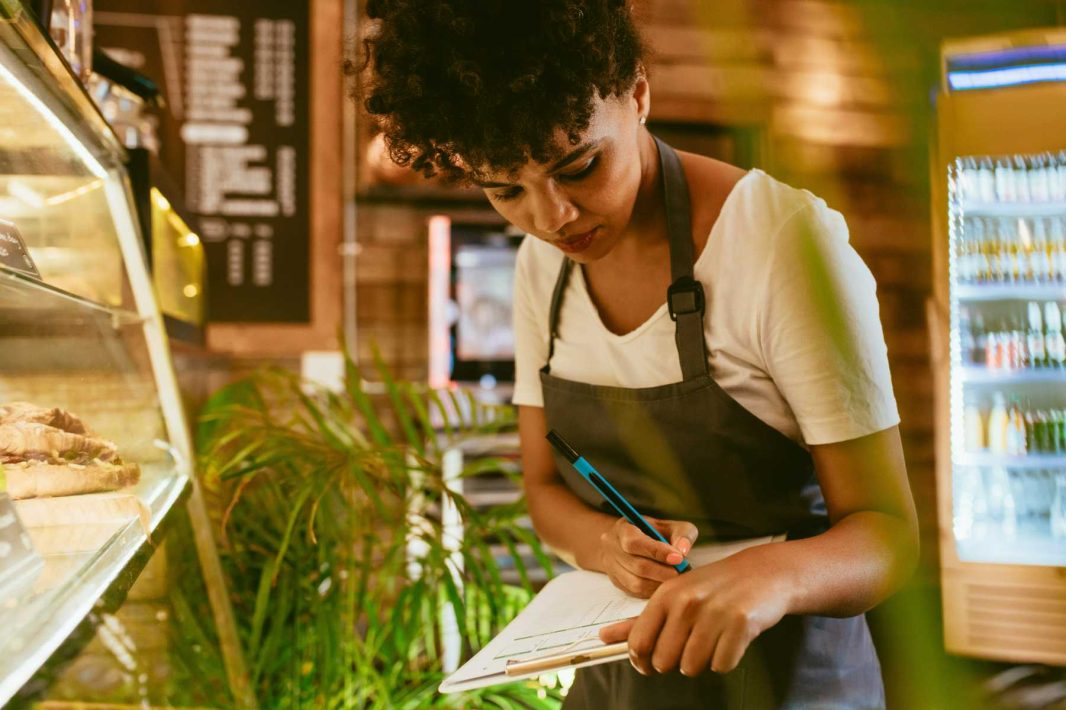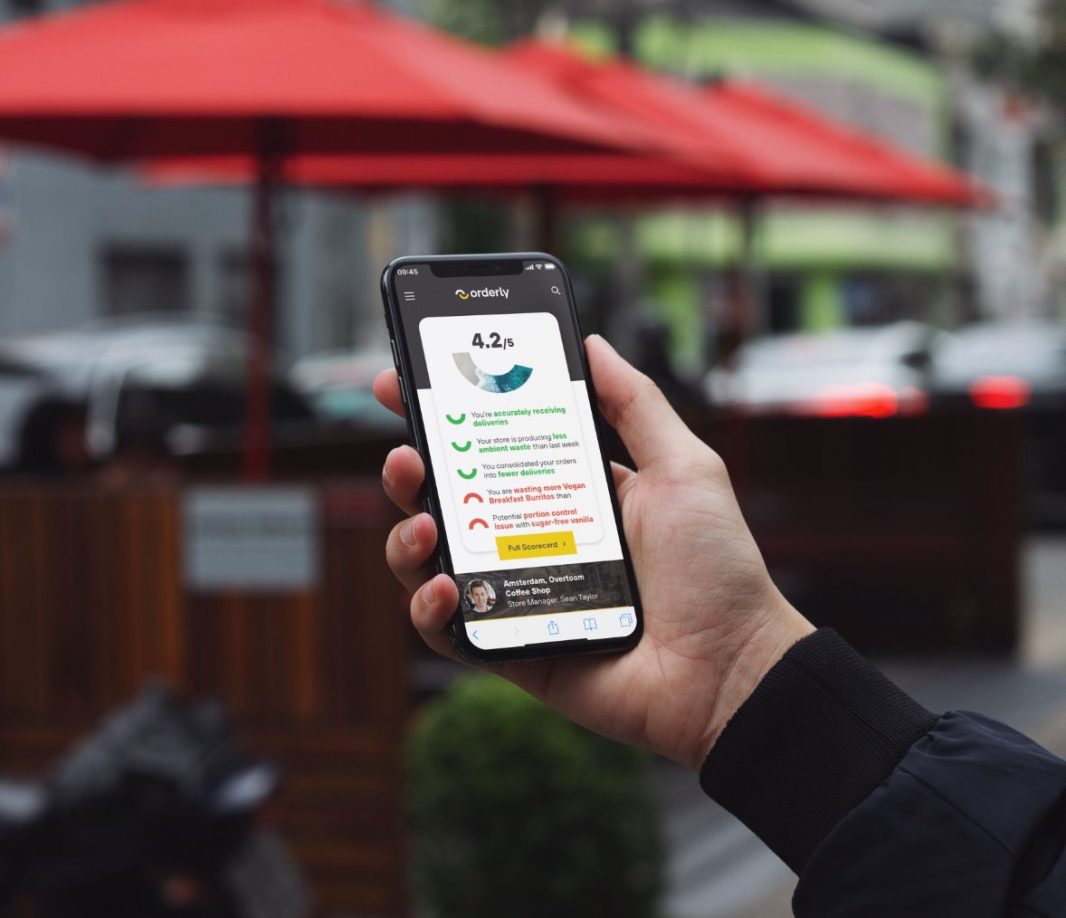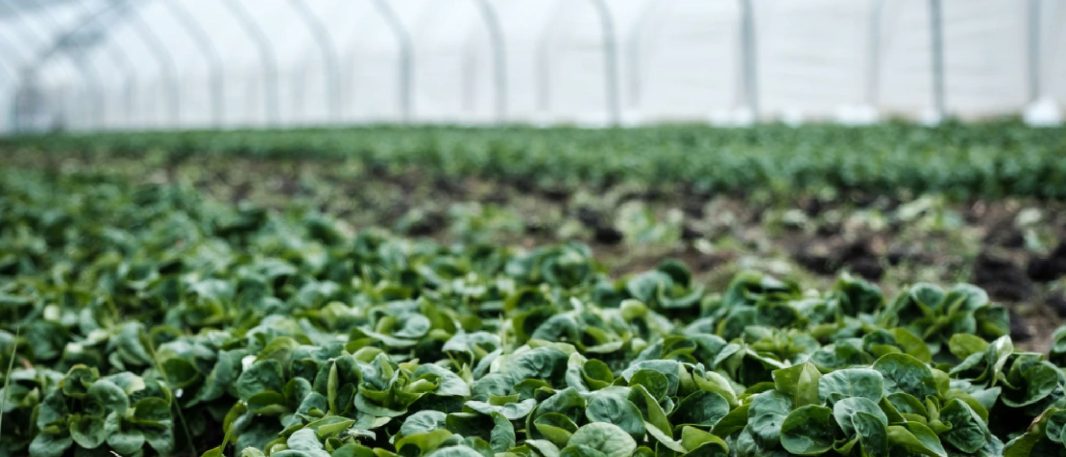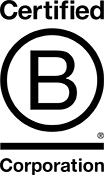Predicting the trends in the food and beverage sector is a job all on its own. But, given our research into the topic and the feedback we are getting from many clients, we believe when it comes to 2022 and beyond, going Direct to Consumer (D2C) could be the smartest way to stay ahead.
We are now entering the second wave of D2C. At the start of the pandemic, brands used this business model to bridge the gap between losing profits and hitting targets.
But when we look back at 2020 overall, food and beverage became the largest online CPG segment with online sales of food and beverage—including groceries and takeout food—leaping 125% from the previous year to $106 billion, according to research from the Food Industry Association (FMI) and NielsenIQ.
The smart move is to seriously consider D2C – not only to get a slice of these profits, but to create a better customer relationship one-to-one and increase the potential for lucrative add ons – such as subscriptions. D2C has turned the tide for many brands in its feasibility – and represents a more sustainable and profitable future.
Improved loyalty
It may sound like a no-brainer to say ‘be customer-facing, customer-focused, and customer-friendly, but saying it and doing it are two different things. D2C helps you own the customer relationship. You may have spent years cultivating your brand with strategic marketing campaigns, but selling direct reaches the customer personally and head-on, which more-distanced corporate models cannot achieve.
A waning profit margin or threat from the pandemic may have been one of the original reasons to explore a change in business tactics, but now brands can see the value and profitability in owning and creating the authentic customer experience.
75% of online food shoppers stay with the first online store they try, and this represents a huge opportunity, and as well as benefits to the customer, there are plenty for the food and beverage retailer. For example – data. If you can access first-party data, you are not only personalising the customer experience but also increasing your chance of future sales. 8/10 consumers say that they are more likely to purchase from a brand that provides a personalised experience; so it’s essential to be at least considering this as a business opportunity.
Compared to general e-commerce, D2C food sales have higher conversion and retention rates. Meanwhile, the cart abandonment rate is lower. If you can make the leap, you are highly likely to see the return.
Future proof your business
Many businesses having to pivot their operations models to stay relevant are hampered by profit margins and decisions being cast which they have no say. By choosing the D2C model, you gain more control of your potential profit. You get to speak directly to customers, and can implement upselling and cross-selling, which a retail-only approach doesn’t offer.
It also offers the potential for more customers (searches for “food delivery app” have increased by 137% over the last five years), and the stats show that people do have a taste for finding new things. A study from Ipsos revealed that in one week in April 2020, more than 25% of consumers tried a new brand or product due to the unavailability of their usual brand. Later in the year, Google reported that 71% of people are now “always on the lookout for new brands and products.” Now is the time to get in front of them.
Considerations in moving D2C
Succeeding in D2C comes down to both product and approach.
For products, a niche will see you thrive.
Brands such as Laird Superfood that focuses on serving vegan athletes, or Magic Spoon who offers low carb cereals with a fun touch, all stand out in the seas of eCommerce. With a growing interest in health and wellbeing, if your brand serves this niche, you may thrive at D2C. That being said, we do also see brands doing well in the less health-conscious areas of alcohol, cakes to your door and kg bags of pick and mix!
The other angle to consider is approaching, and this is led by your tech.
To effectively handle D2C, you need to consider your capabilities. Which of the following matters most to you?
- Ability to integrate your customer relationship management tool fully with your customer service desk to enable you to keep a single customer view
- Being able to drive recurring revenue with subscriptions
- The capability to integrate your order management system with any payment provider and a range of couriers to suit production
- Having a multi-lingual, multi-currency solution to trade across all markets
- The option to integrate your warehouse management system to make improvements on your picking and packing
- A way to track and decrease of production waste.
(Spoiler: Orderly can do all of this – and more!)
The food and beverage industry is time-bound and must have reliable order and supply chain management. If you choose to offer direct-to-consumer selling, selecting the right technology will ensure you can achieve your goals.
Getting started with D2C
The Orderly system was built with your needs in mind. We understand that you need picking and packing technology that reduces food waste and increases efficiency across your operations. Right out of the box, our system understands industry-specific concepts like make-to-sell, break-to-sell, yield, shelf-life and expiration.
By being able to offer your products for individual sale on your website with separate retail and wholesale channels, and still sell your products wholesale to retailers, you can diversify your offerings and cater to your varied customers’ needs. But you must have an appetizing site too.
We consume with our eyes first, and it’s imperative to have a beautiful, fully branded customer interface designed to increase conversion and showcase your delicious products. At the same time, you need it to integrate with your enterprise systems – from accounting software to ERP.
The best way to do this is with one simplified platform and offer a wealth of different capabilities for B2B, B2C, and D2C.
In conclusion
Retail and wholesale are not dead, but they need to pivot, shift, and expand to remain viable. By adding D2C to your portfolio, you can combine administration, communication, marketing, and sales to your manufacturing business model, making your business end-to-end.
Consider expanding with D2C and challenge your platform to do it all. Orderly is food and beverage enterprise-focused, and our scalable, proven order management solution will help, so please get in touch with us today.


